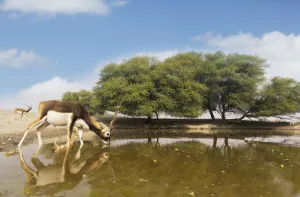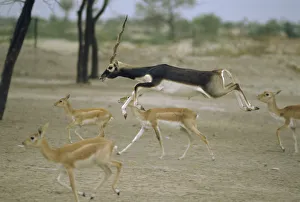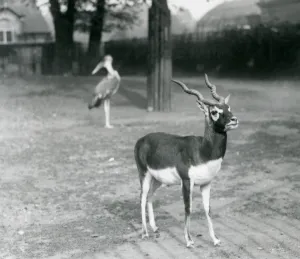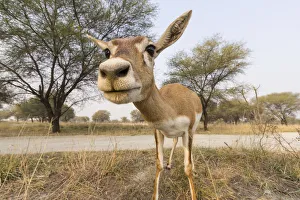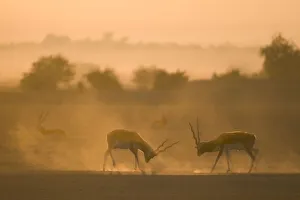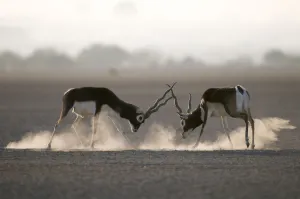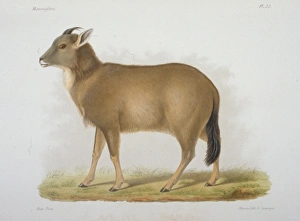Antilope Cervicapra Collection
The majestic Blackbuck (Antilope cervicapra) can be found in various parts of India, showcasing its beauty and grace
All Professionally Made to Order for Quick Shipping
The majestic Blackbuck (Antilope cervicapra) can be found in various parts of India, showcasing its beauty and grace. In the Velavadar National Park, a herd of these antelopes can be seen, with both males and females roaming together. Their striking appearance is truly captivating. In the Tal Chhapar Wildlife Sanctuary in Rajasthan, male Blackbucks steal the spotlight. With their impressive horns and regal demeanor, they command attention as they roam freely in their natural habitat. One cannot help but admire their strength and elegance. Even amidst the vast Thar desert in Rajasthan, Blackbucks thrive. Here, a male leaps gracefully among a group of females, displaying his agility and prowess, and is a breathtaking sight that showcases nature's wonders. However, life for these magnificent creatures isn't without challenges. The Indian wolf walks past them as potential prey while they graze peacefully together. It serves as a reminder of the delicate balance between predator and prey in nature. At London Zoo, an Indian Antelope stands proudly in its paddock—a symbol of conservation efforts to protect this species from extinction. Its presence reminds us of our responsibility to safeguard wildlife for future generations to enjoy. Camera traps capture incredible moments too; one such image shows a female Blackbuck running with high jumps known as Pronking—an extraordinary display that exhibits both strength and joy. A close-up head portrait reveals the intricate details on the face of a male Blackbuck at Tal Chhapar Wildlife Sanctuary—each feature telling its own story about survival and adaptation. Another camera trap image captures a wide-angle ground perspective of a male drinking water—a simple act yet essential for sustaining life in harsh environments like theirs. Lastly, two males engage in an intense stand-off at sunrise—their horns locked firmly as they assert dominance over each other's territory—an awe-inspiring scene that highlights their resilience and determination to survive against all odds.




